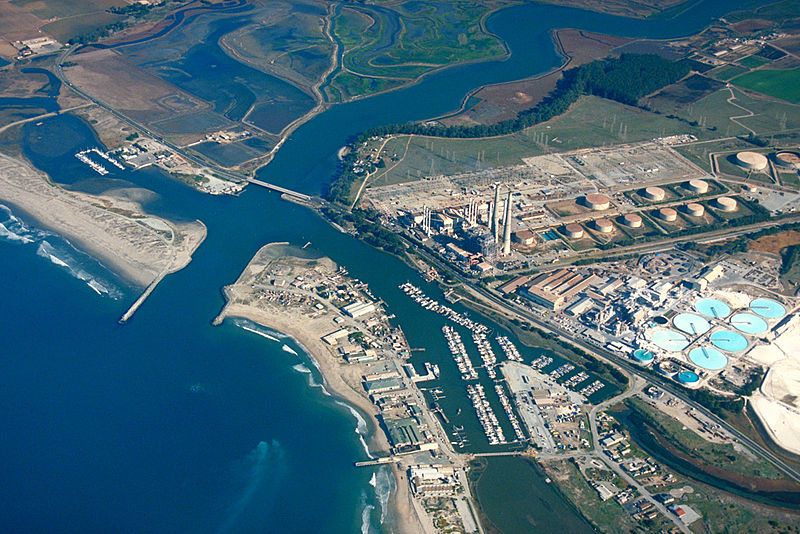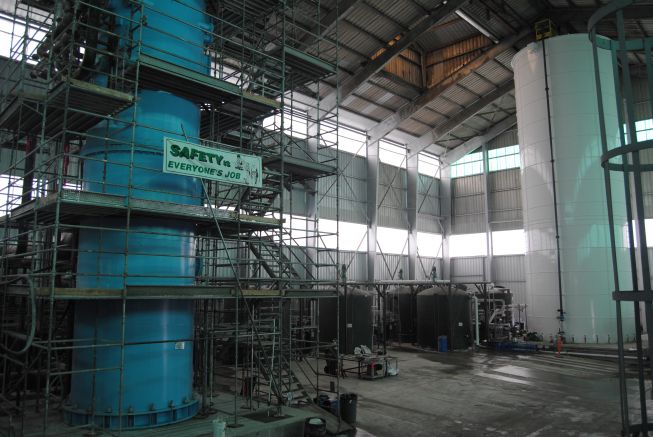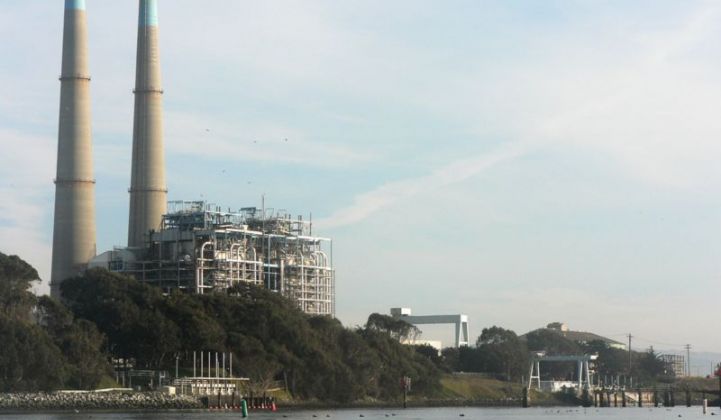If Calera can do what it claims, it's a global warming game-changer. If it can do what it claims. And if CO2 causes global warming.
Calera says it can take inputs such as CO2 and smokestack pollutants like SO2, fly ash, brines and wastewater and through their process, produce clean flue gas, building materials, and fresh water.
The CEO of Calera, Brent Constanz, spoke at an Artemis Project water-focused webinar on Thursday, adding more details about the firm's progress and its forays into clean water.
Greentech Media's editor-in-chief Michael Kanellos has reported extensively on the Khosla Ventures-funded startup, including articles such as "Calera's Secret Ingredient" and "Coal Producer to Invest in Calera."
Investor Vinod Khosla has spoken of Calera, saying, "Calera is not traditional carbon capture and sequestration (CCS); rather, it converts CO2 into useful byproducts (such as cement). In fact, coal production coupled with the Calera process will produce less carbon emissions (on a life-cycle basis) than solar PV."
The Calera process is controversial and tends to attract naysayers, both reputable and otherwise.
The company claims it can take carbon dioxide and seawater and produce calcium carbonate, or limestone, which can then be mixed into cement or other industrial products.
According to Constanz, the world mines 36 billion tons of aggregate and limestone a year and generally, these materials are harvested from surface mining operations. According to the USGS, in 2007 the State of California demanded more than 130 million metric tons of aggregate and 13 million metric tons of cement. A significant fraction of these building materials was imported from other states or countries.
Producing construction filler from CO2 would curb this environmental hazard. Likewise, it would take factory emissions that otherwise would contribute to global warming and transform them into an economically valuable commodity.
Critics, meanwhile, have maintained that the transformative process generates more carbon dioxide than it sequesters and consumes an inordinate amount of energy.
Mr. Khosla insists, "Calera is the only low carbon technology that can meet the Chindia price -- the price at which technology is viable in India and China without subsidies and legislation."
Calera's Progress
Calera has built a demonstration plant at Moss Landing, California that is capable of capturing 30,000 tons per year of a CO2, the equivalent effluent of a 10-megawatt natural gas power plant. According to the firm, this unit can be expanded to process the flue gas from a 100-megawatt output and convert the CO2 into more than 550,000 tons of valuable building materials per year. The price of a metric ton of cement is in the $50-to-$100 range.
The flue gas is obtained from Dynegy’s Moss Landing natural gas power plant, while the alkalinity for the CO2 capture process comes from the stock of magnesium hydroxide (Mg(OH)2) available onsite or from Calera’s own electrochemistry process. Greentech Media has requested a tour of the plant.
Calera and Water
Calera also has a proposed facility in the works. Once in operation, the Calera Yallourn project in the Latrobe Valley in the state of Victoria, Australia is anticipated to capture more than 300,000 tons of carbon dioxide and produce more than one million tons of building materials per year. The facility will also produce two million gallons of fresh water per day. Alkalinity for the carbon dioxide capture process may come from sub-surface brines and ongoing fly ash produced by the power plant.
Water scarcity is a concern in much of the world, and it is not limited to developing countries. California, the desert Southwest, and other regions in the United States will be faced with increasing water issues and conflicts in the years ahead.
According to Calera, their technology uses seawater or other water sources to scrub the carbon dioxide out of flue gas. The carbon dioxide is absorbed into the water and reacts with it to form carbonic acid, H2CO3. Further processing strips both the hydrogen ions, allowing calcium and magnesium ions to react with the remaining CO3 ion. The CaCO3 and MgCO3 form a solid precipitate, and the water left over (called the supernatant) is demineralized of about 80 percent of its original calcium and magnesium. The supernatant may be filtered to drinking-water quality in a co-located reverse osmosis desalination plant.
According to Constanz, this process is less expensive than seawater desalination. This is because the desalination plant does not have to build an intake structure, and the reduced calcium and magnesium allows more freshwater to be made out of a given amount of seawater or other source water.
The Calera business plan includes a revenue stream from a CO2 absorption plant, a water company selling fresh water, as well as erecting cement companies near the power plants.
The chemistry, economics and energy payback time of the Calera process remain to be proven at scale.


***
Michael Kanellos contributed to this article.



